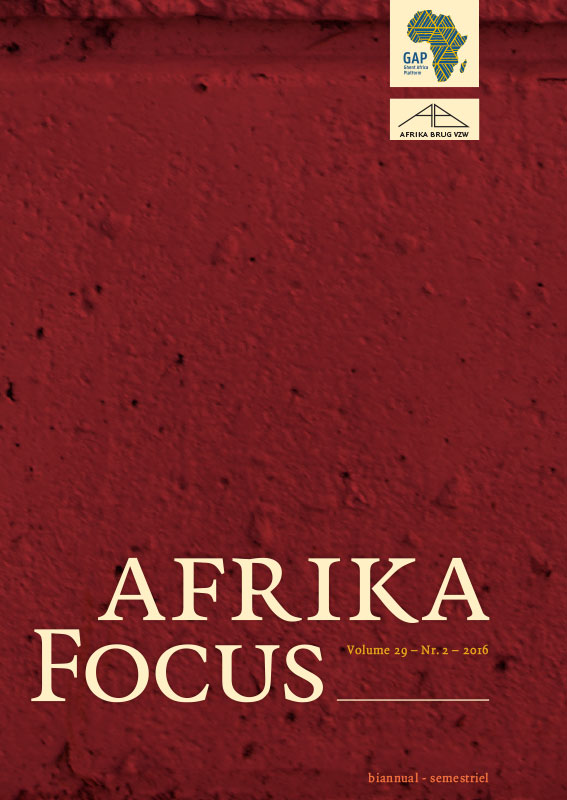Introduction of HPV vaccination in Kenya
DOI:
https://doi.org/10.21825/af.v29i2.4851Abstract
HPV vaccination prevents cervical cancer, the fourth most common cancer among women worldwide. Measured HPV vaccine acceptability is often high but does it also lead to high uptake? Methodology: A cohort was set up assessing HPV vaccine acceptability and other health behav- iour constructs before, and vaccine uptake after an HPV vaccination programme in Eldoret, Kenya. Focus groups shed light on the motivation for vaccine uptake or refusal. Results: Acceptability was high but was no strong predictor of uptake, and neither were the constructs of the Health Belief Model. Lack of information and fear of side effects were major barriers. Feeling uncomfortable to discuss cervical cancer hampered open communication. Discussion: Distrust towards new vaccines and the health system blocked translation from willingness-to-vaccinate to actual uptake, as did organizational factors such as poor promotion. Conclusion: Future research should include broader concepts such as vaccine hesitancy and factors beyond personal control in order to predict vaccine uptake. Key words: HPV vaccination, acceptability, uptake, longitudinal study, KenyaDownloads
Published
How to Cite
Issue
Section
License
Authors who publish with this journal agree to the following terms
Authors retain copyright and grant the journal right of first publication with the work simultaneously licensed under a Creative Commons Attribution License that allows others to share the work with an acknowledgement of the work's authorship and initial publication in this journal.
Authors are able to enter into separate, additional contractual arrangements for the non-exclusive distribution of the journal's published version of the work (e.g., post it to an institutional repository or publish it in a book), with an acknowledgement of its initial publication in this journal.
Authors are permitted and encouraged to post their work online (e.g., in institutional repositories or on their website) prior to and during the submission process, as it can lead to productive exchanges, as well as earlier and greater citation of published work (See The Effect of Open Access).


